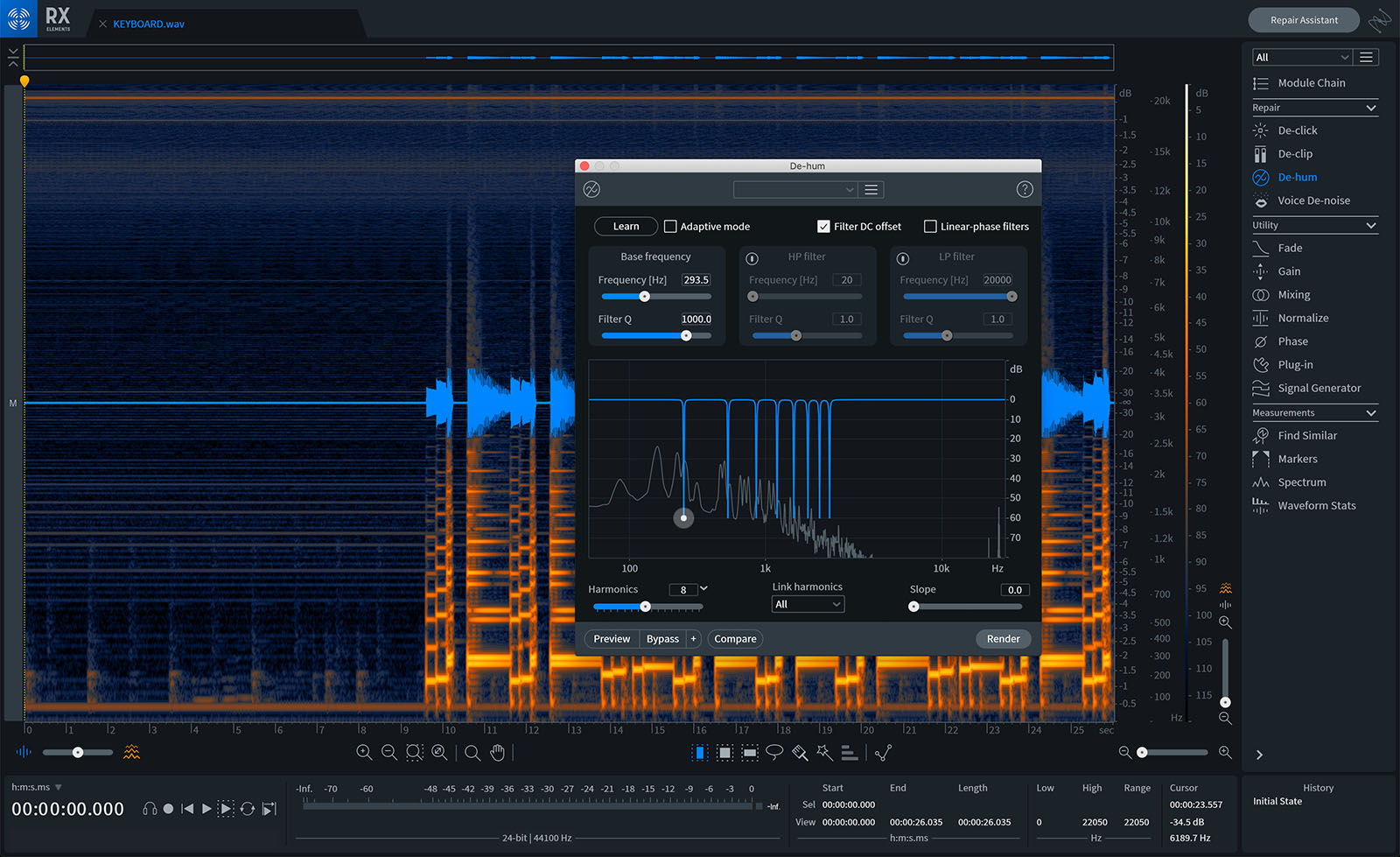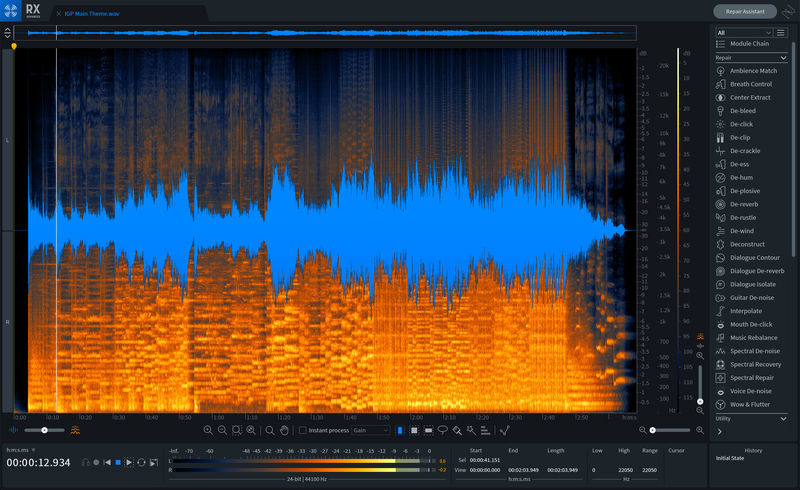

The Guitar De-noise plug-in appears to work with no noticeable latency, but the delay in some of the other plug-ins can be significant. One thing to be aware of when using the plug-ins is that some introduce latency as they buffer the audio for processing.

Of course, you can tweak the effect to get the best results, as well as turn them on and off to compare with and without the noise reduction. These plug-ins work similarly to the Guitar De-noise amp process-you start by sampling a bit of the noise you want to remove before applying the process to the entire track.Īll of these plug-ins work non-destructively and in real time, so you can apply them without fear of permanently altering your tracks. In addition, there are plug-ins for removing broadband noise, the type of noise you might get from air-conditioning or the rumble of traffic, or even the self-noise of some mics and preamps. For vocalists, there are also Breath Control, Mouth De-click, De-ess, and De-plosive plug-ins that can help clean up noises that often occur in vocal tracks. There is some overlap between these plug-ins and the newer guitar plug-in, but each seem to detect noises a bit differently and offer somewhat different controls, so it’s worth trying them if you are trying to eliminate troublesome noises. There are other plug-ins that can be effective on acoustic guitar, including the De-click and De-crackle plug-ins. The hum reduction works a bit differently, as it needs to “learn” what the hum sounds like, so you need a sample of the sound you want to remove, usually a few seconds of audio from before you start playing. The Guitar De-noise plug-in running inside Logic The controls for squeaks and clicks are easy to operate-just adjust the sensitivity control to determine when the process kicks in, and then choose how much to reduce the objectionable sounds. The plug-in offers a “solo” feature that lets you audition only the sounds you’ll be removing, which is useful for fine tuning the controls and making sure that you aren’t over-processing and removing musical sounds as well. Of particular interest to guitarists, RX 8 contains a new plug-in named Guitar De-noise that combines tools for removing squeaks, pick sounds, and hum from amplifiers or guitar pickups into a single convenient interface. Most offer a few basic controls that allow you to fine-tune the noise reduction. If your needs are fairly simple, most of RX’s noise-removal tools are available as plug-ins that can be applied non-destructively to a track right in your recording software, or DAW. You can perform some basic operations with the Elements version, while most of the features guitarists should find useful appear in the Standard version. The basic program is similar across all three versions, but the higher-priced versions contain more individual tools and plug-ins.
#RX 8 IZOTOPE SOFTWARE#
RX comes in three versions, Elements ($99), Standard ($299), and Advanced ($999), and consists of both standalone software and a set of VST, AU, and AAX plug-ins.

In this review, I’ll focus on the features, both new and old, that are likely to be of most interest to acoustic guitarists. With the release of version 8, iZotope has added some new features for guitarists to their already deep and comprehensive tool set.
#RX 8 IZOTOPE PROFESSIONAL#
IZotope RX has been a highly regarded noise-reduction tool for both home and professional studios since it appeared over a decade ago. One option for dealing with noise is noise reduction software. In person, these sounds are part of the musical experience and are easily ignored, but they often get magnified to the point of distraction by sensitive microphones during recording. In addition, recording an acoustic guitar presents some unique issues, from string squeaks and pick clicks to a noisy chair, or even your foot tapping. Whether it’s the sound of air conditioning, traffic outside, or the neighbor’s dog barking, noises have a way of creeping into recordings of even the best studios, but home studio settings are especially susceptible. Noise is often one of the key differences between a homemade product and recordings made in professional studios. Being able to record at home has great advantages for musicians, but getting professional results can be challenging.


 0 kommentar(er)
0 kommentar(er)
